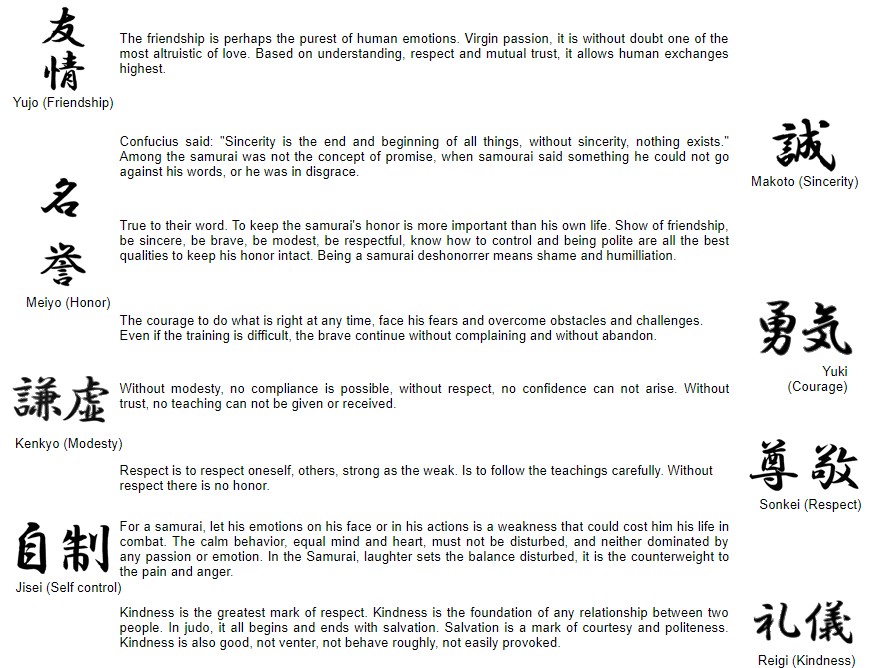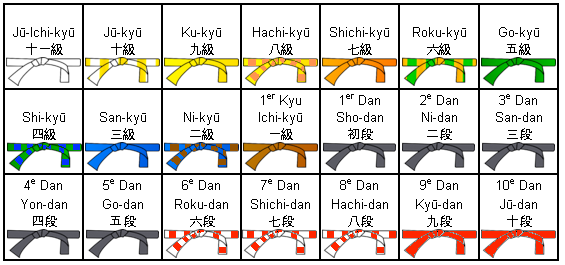Only fifteen people have been promoted to 10th dan by the Kodokan.
Yamashita Yoshiaki (Japon, 1865–1935) promoted to Kodokan 10th dan in 1935, the first person ever awarded 10th dan by the Kodokan. A pioneer of judo in the United States, where he taught judo to President Theodore Roosevelt.
Hajime Isogai (Japon, 1871–1947) promoted to Kodokan 10th dan in 1937.
Hidekazu Nagaoka (Japon, 1876–1952) promoted to Kodokan 10th dan in 1937.
Kyuzo Mifune (Japon, 1883–1965) promoted to Kodokan 10th dan in 1945. Considered to be the greatest judo technician ever after Kano Jigoro
Kunisaburo Iizuka (Japon, 1875–1958) promoted to Kodokan 10th dan in 1946.
Kaichiro Samura (Japon, 1880–1964) promoted to Kodokan 10th dan in 1948.
Shotaro Tabata (Japon, 1884–1950) promoted to Kodokan 10th dan in 1948.
Kotaro Okano (Japon, 1885–1967) promoted to Kodokan 10th dan in 1967.
Matsutaro Shoriki (Japon, 1885–1969) promoted to Kodokan 10th dan in 1969.
He was also known as the father of Japanese professional baseball.
Shozo Nakano (Japon, 1888–1977) promoted to Kodokan 10th dan in 1977.
Tamio Kurihara (Japon, 1896–1979) promoted to Kodokan 10th dan in 1979.
Sumiyuki Kotani (Japon, 1903–1991) promoted to Kodokan 10th dan in 1984.
Ichiro Abe (Japon, 1923–) promu le 8 janvier 2006, à l’âge de 83 ans. Abe was international chairperson of the All Nippon Judo Federation.
Toshiro Daigo (Japan, 1926–) promoted to Kodokan 10th dan on 8 January 2006, at age 80. Daigo is a two-time winner of the All Nippon Judo Tournament (1951 and 1954), and a former manager of the Japanese national team, and is currently Chief Instructor at the Kodokan. Daigo is known by the nickname Mr Kodokan.
Yoshimi Osawa (Japan, 1927–) promoted to Kodokan 10th dan on 8 January 2006, at age 79. Osawa is also still coaching at the Kodokan, and is recognised for his support of women’s judo.
Eight judoka have been promoted to 10th dan by the IJF, though not recognised by the Kodokan. Some national (country) associations and continental unions have also promoted judoka to 10th dan.
Charlie Palmer (United Kingdom, 1930–2001), IJF 10th Dan (promoted in 1996).
Anton Geesink (Netherlands, 1934–2010), IJF 10th Dan (promoted in 1997).
George Kerr (United Kingdom, 1937–) IJF 10th dan (promoted in 2010).
Mikonosuke Kawaishi (France, 1899–1969) FFJDA (French Judo Federation) 10th dan.
Philip S. Porter (United States, 1925–2011), USMA 10th dan Judan, January 1, 2005).
Henri Courtine (France, 1930–), FFJDA 10th dan (promoted in 2007).
Jaap Nauwelaerts de Agé (Netherlands, 1917–), JBN 10th dan (promoted in 2008).
Keiko Fukuda (Japan/United States, 1913–2013), USJA 10th dan (promoted in 2011), Kodokan 9th dan. The first woman to be promoted past 6th dan following the repeal of the rule banning woman from being awarded higher than 5th dan. The first woman to be promoted to 9th dan by the Kodokan. The last surviving direct student of Jigoro Kano.



